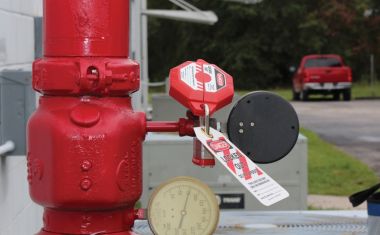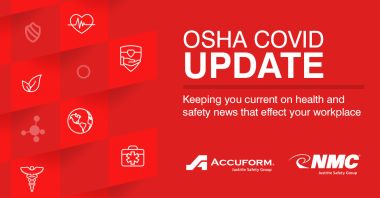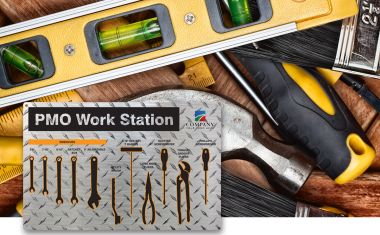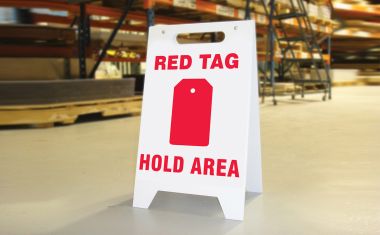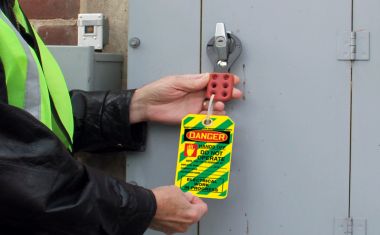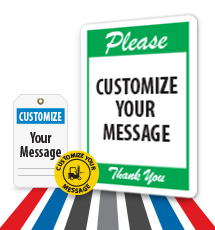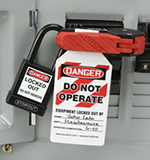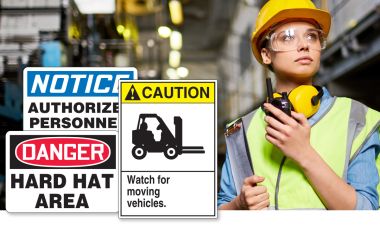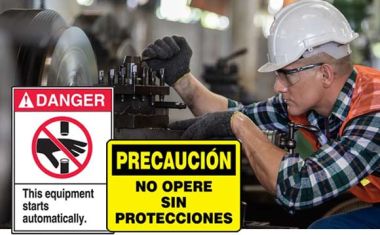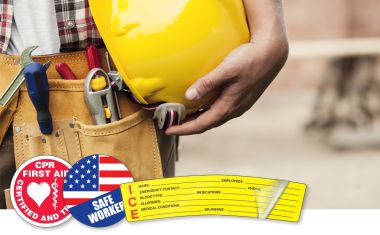OSHA Forklift Safety Tips 101: Inspections

Every year there are approximately 35,000 serious injuries and 62,000 non-serious injuries involving forklifts, per OSHA.
Chances are, if these forklifts were properly inspected before being used, these injuries wouldn’t even happen.
Forklifts must be examined at least daily before being placed in service. Any forklift used on a round-the-clock basis needs to be inspected before each shift, as well, per OSHA 29 CFR 1910.178(g)(7), f.
Before starting a forklift, it’s critically important to perform two inspections: pre-operation and operational inspections.
If you’re the forklift operator, it’s your responsibility to conduct a pre-start visual check with the key off and then perform an operational check with the engine running. If the forklift is not in safe operating mode, it should be placed in service.
Please note, if the vehicle requires repair, defective, or in any way unsafe, it should not be driven, and it will need to be taken out of service and reported to your supervisor immediately.
What does a forklift pre-operation inspection include?
OSHA pre-operation inspections include a variety of these items, including but not limited to:
- Check fluid levels - oil, water, and hydraulic fluid.
- Leaks, cracks, or any other defect, including hydraulic hoses and mast chains. Note – operators should not place their hands inside the mast. Use a stick or other device to check chain tension.
- Tire condition and pressure, including cuts and gouges
- The condition of the forks, including the top clip retaining pin and heel
- Load backrest extension
- Finger guards
- Safety decals and nameplates. Ensure all warning decals and plates are in place and legible. Check that information on the nameplate matches the model, serial numbers, and attachments.
- Operator manual on the truck and legible
- All safety devices are working properly, including the seat belt.
Additionally, all items should be checked depending on the forklift type – electric or internal combustion, including liquid propane. And always wear the appropriate personal protective equipment (PPE) during an inspection. When inspecting and checking liquid propane tanks and fittings, wear PPE such as face shields, long sleeves, and gauntlet gloves.
Operational inspection includes:
After you’ve completed the pre-operational inspection, forklift operators should conduct an operational inspection with the engine running to include these items to inspect:
- Accelerator linkage
- Inch control (if equipped)
- Brakes
- Steering
- Drive control: forward and reverse
- Tilt control: forward and back
- Hoist and lowering control
- Attachment control
- Horn
- Lights
- Backup alarm (if equipped)
- Hour meter
These inspections might seem a bit much, but the reality is that there are no shortcuts when it comes to safety. Operators are urged to inspect forklifts before each job to keep themselves and others safe.
Providing workers with proper direction, such as required OSHA forklift inspections, will prevent painful - and costly accidents.
